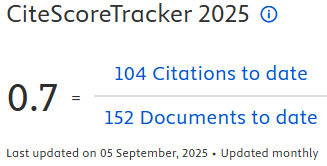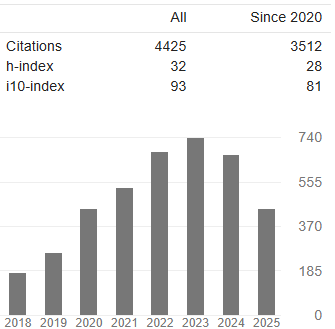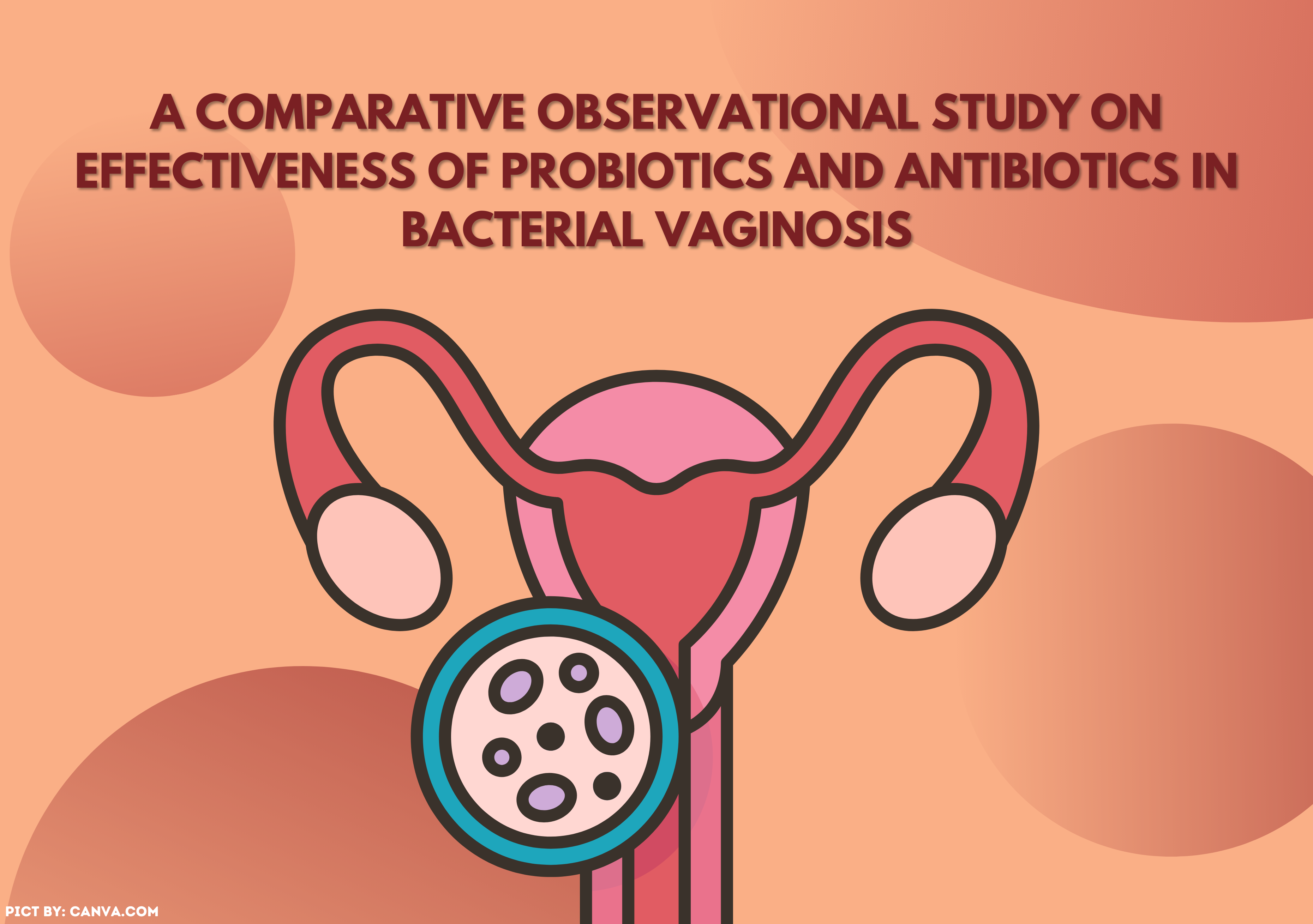POSITION AND ATTACHMENT MODEL OF EXPENDITURE COLOSTRUM AND BREAST MILK PRODUCTION USING THE TRIANGULAR OF LOVE THEORY APPROACH
Downloads
Introduction: Breastfeeding is the natural process of becoming a mother. However, not all mothers can breastfeed with the correct breastfeeding technique, causing problems in breastfeeding and affecting milk production. Methods: This study analyzes the model of colostrum and breast milk production using the Triangle of love theory approach. The research design was a descriptive, explanatory survey. The sample was 95 breastfeeding mothers using the multistage random sampling technique. The sample criteria were mothers breastfeeding infants aged 0-6 months with spontaneous delivery in two public health centers in Sidoarjo regency. Data analysis using structural equation test-partial least square (PLS). Result: The results showed that there was an effect of health workers on colostrum and breast milk production (T = 1.423), there was a lifestyle effect on position and attachment (T = 1.475), and there was an effect of position and attachment on colostrum and breast milk production (T = 2.142). Conclusion: The position and attachment of breastfeeding using the Triangle of love theory approach can help increase colostrum and milk production of nursing mothers.
Keywords: attachment, breastfeeding position, triangle of love
Anindyojati, R. (2012). Hubungan Antara Cinta (Sternberg's Triangular Theory of Love) dan Kesiapan Menikah pada Dewasa Muda yang Menjalani Long-Distance Relationship [Universitas Indonesia]. http://lib.ui.ac.id/file?file=digital/20321092-S-Rasmi Anindyojati.pdf
Blum, H. L. (1981). Planning for Health: Generics for the Eighties (2nd ed.). Human Sciences Press.
Etika, R., & Partiwi. (2015). Breastfeeding Sick Baby. IDAI.
Kusumawaty, J. (2015). Faktor-faktor Transkultural yang Mempengaruhi Pemberian ASI Eksklusif. Vol. 2(No. 1), 45–58.
Machmudah, & Khayati, N. (2014). Produksi ASI Ibu Post Seksio Sesarea dengan Pijat Oketani dan Oksitosin. Jurnal Ners, 9(1), 104–110.
Ministry of Health. (2016). Profil Kesehatan Indonesia 2015. Pusat Data dan Informasi Kemenkes RI. https://doi.org/351.077 Ind
Ministry of Health. (2017). Data dan Informasi Profil Kesehatan Indonesia Tahun 2016. Pusat Data dan Informasi Kemenkes RI.
Ministry of Health. (2011). Pegangan Fasilitator Kelas Ibu Hamil.
Ministry of Health. (2015). Profil Kesehatan Indonesia 2014. Kementerian Kesehatan Republik Indonesia. https://doi.org/10.1037/0022-3514.51.6.1173
Misdayanti, S. K. ., Devy, S. R., & Etika, R. (2016). Relationship between Health Resources Support with Exclusive Breastfeeding : An Observational Analytic Study. International Journal of Preventive and Public Health Sciences, Vol. 2(Issue 2). https://doi.org/10.17354/ijpphs/2016/30
Mulyasa. (2011). Manajemen berbasis sekolah, konsep, strategi, dan implementasi (Pertama). Remaja Rosdakarya.
Negin, J., Coffman, J., Vizintin, P., & Raynes-Greenow, C. (2016). The Influence of Grandmothers on Breastfeeding Rates: a Systematic Review. BMC Pregnancy and Childbirth, 16(91), 1–10. https://doi.org/10.1186/s12884-016-0880-5
Notoatmodjo, S. (2012). Promosi Kesehatan dan Perilaku Kesehatan. Rineka Cipta.
Nursalam. (2015). Metodologi Penelitian Ilmu Keperawatan: Pendekatan Praktis. Salemba Medika.
Palmqvist, H., Zäther, J., & Larsson, M. (2015). Fathers' and Co-mothers' Voices About Breastfeeding and Equality - a Swedish Perspective. Women and Birth: Journal of the Australian College of Midwives, Vol. 28(No. 3), 63–69. https://doi.org/10.1016/j.wombi.2015.03.005
Peppers, D., & Rogers, M. (2004). Managing customer relationships: a strategic framework. USA: Jhon Wiley & sons, inc.
Pujiastuti, N. (2010). Korelasi Antara Status Gizi Ibu Menyusui Dengan Kecukupan ASI di Posyandu desa Karang Kedawang Kec. Sooko Kab. Mojokerto. Jurnal Keperawatan, 1(2).
Pujiastuti, N., Susanto, B., Devi, S., & Adriani, M. (2018). Family Empowerment as Personal Reference to Exclusive Breastfeeding Behavior using Transcultural Nursing Theory Approach. Journal of Applied Science and Research, 6(2), 23–35.
Puspitawati, H. (2013). Konsep dan Teori Keluarga: Teori Struktural-Fungsional/Sistem. PT IPB Press Bogor.
Ririen. (2007). Hubungan antara Komunikasi Interpersonal dengan Penyesuaian Diri Menantu Perempuan terhadap Ibu Mertua. Fakultas Psikologi Universitas Katolik Soegijapranata.
Saifuddin, A. B., Hanifa, G., Waspodo, J., & Afandi, B. (2014). Buku Panduan Praktis Pelayanan Kesehatan Maternal dan Neonatal. Sagung Seto, Jakarta.
Saputri. (2013). Alasan Ibu Memberikan MP-ASI dengan Pendekatan Teori Health Belief Model di Wilayah Kerja Puskesmas Pesanggrahan Jakarta Selatan. Universitas Islam Negeri Syarif Hidayatullah Jakarta.
Sidoarjo District Health Office. (2017). Data Cakupan ASI Eksklusif.
Simbolon. (2011). Pengaruh Dukungan Keluarga terhadap Pemberian ASI Eksklusif di Wilayah Kerja Puskesmas Gurilla Pematangsiantar. Universitas Indonesia.
Sternberg, R.J., & Barnes, M. L. (1988). The Psychology of Love. USA: Yale University.
Sudiharto. (2007). Asuhan Keperawatan Keluarga dengan Pendekatan Keperawatan Transkultural. EGC.
Thet, M. M., Khaing, E. E., Diamond-Smith, N., Sudhinaraset, M., Oo, S., & Aung, T. (2016). Barriers to Exclusive Breastfeeding in the Ayeyarwaddy Region in Myanmar: Qualitative Findings from Mothers, Grandmothers, and Husbands. Appetite, Vol. 96, 62–69. https://doi.org/10.1016/j.appet.2015.08.044
Wahyuni, & Abidin. (2015). Pengalaman hidup lansia yang mengasuh cucu. Jurnal Empati, 4(4), 8–14.
Wiyono, G. (2011). Merancang Penelitian Bisnis dengan Alat Analisis SPSS 17.0 & SmartPLS 2.0 (1st ed.). STIM YPKN Yogyakarta.
Wulandari. (2009). Hubungan Pengetahuan dan Sikap dengan Pemberian ASI Eksklusif oleh Ibu Bekerja sebagai Perawat di RS Al-Islam Kota Bandung. Jurnal Media Kesehatan Indonesia, 9(23), 112–115.
Copyright (c) 2022 The Indonesian Journal of Public Health

This work is licensed under a Creative Commons Attribution-NonCommercial-ShareAlike 4.0 International License.
- The authors agree to transfer the transfer copyright of the article to The Indonesian Journal of Public Health effective if and when the paper is accepted for publication.
- Authors and other parties are bound to the Creative Commons Attribution-NonCommercial-ShareAlike 4.0 International License for the published articles, legal formal aspect of journal publication accessibility refers to Creative Commons Attribution-NonCommercial-ShareAlike 4.0 International License (CC BY-NC-SA), implies that:
- Attribution ” You must give appropriate credit, provide a link to the license, and indicate if changes were made. You may do so in any reasonable manner, but not in any way that suggests the licensor endorses you or your use.
- NonCommercial ” You may not use the material for commercial purposes.
- ShareAlike ” If you remix, transform, or build upon the material, you must distribute your contributions under the same license as the original.































